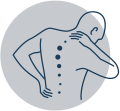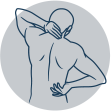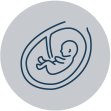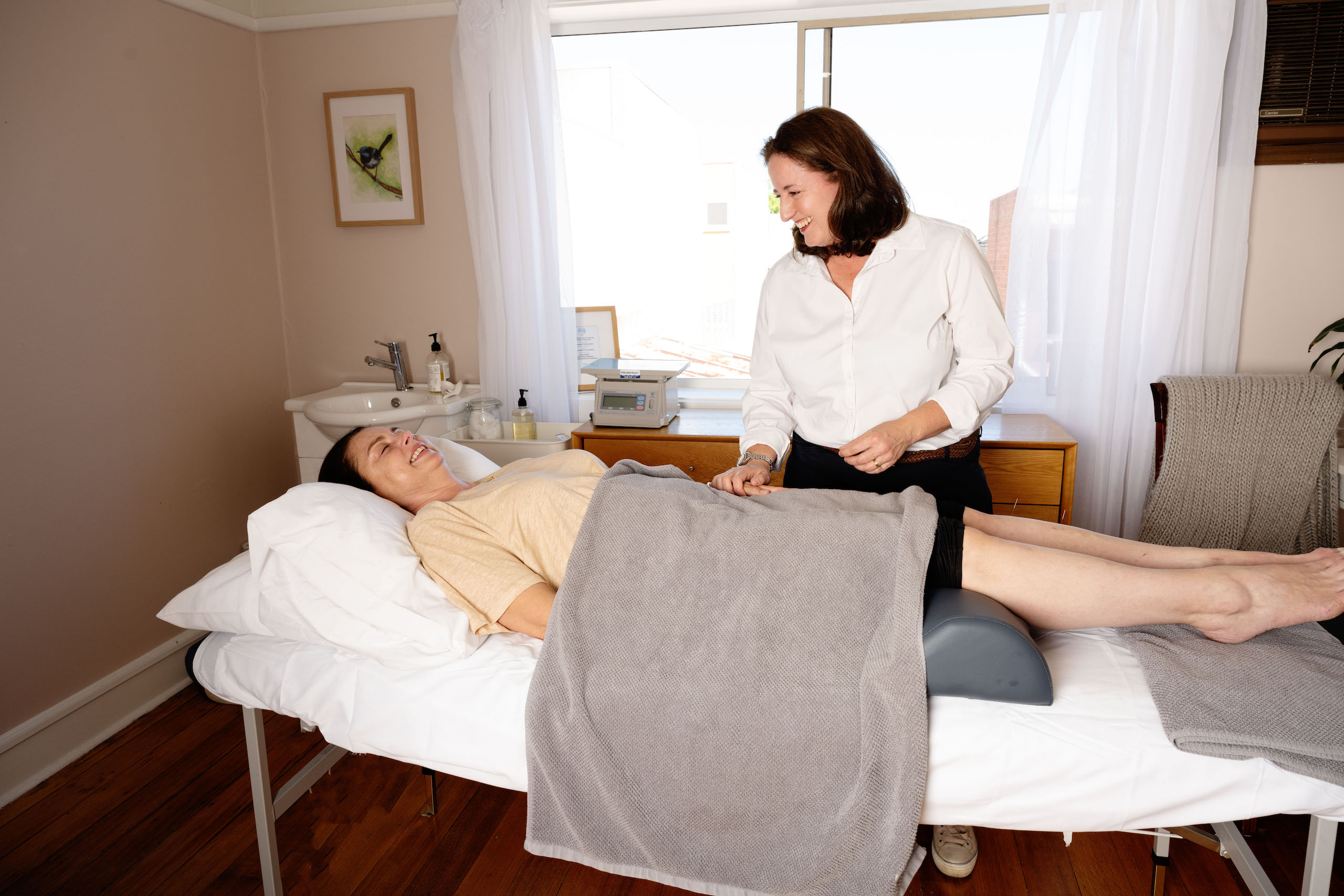Dry Needling and Acupuncture
There are many similarities between acupuncture and dry needling. Both involve using very fine single-use acupuncture needles, with no injection of any substances hence the use of the word ‘dry’ as opposed to injecting a ‘wet’ fluid. Both are used for therapeutic treatment.
One of the key differences between acupuncture and dry needling is the diagnostic framework used. Acupuncture uses ancient Chinese medicine diagnostic processes to assess the patient and determine a treatment plan based on the Chinese medicine meridian system. On the other hand, dry needling is a more modern term and its basis is in Western medicine principles.
In both cases, whether the needle is inserted using a Western medicine point of view or Chinese medicine point of view, the patient’s musculoskeletal and nervous systems respond to the insertion of the acupuncture needle, releasing neurochemicals, stimulating blood flow and endorphins.
There are many similarities between acupuncture and dry needling. Both involve using very fine single-use acupuncture needles, with no injection of any substances hence the use of the word ‘dry’ as opposed to injecting a ‘wet’ fluid. Both are used for therapeutic treatment.
One of the key differences between acupuncture and dry needling is the diagnostic framework used. Acupuncture uses ancient Chinese medicine diagnostic processes to assess the patient and determine a treatment plan based on the Chinese medicine meridian system. On the other hand, dry needling is a more modern term and its basis is in Western medicine principles.
In both cases, whether the needle is inserted using a Western medicine point of view or Chinese medicine point of view, the patient’s musculoskeletal and nervous systems respond to the insertion of the acupuncture needle, releasing neurochemicals, stimulating blood flow and endorphins.












